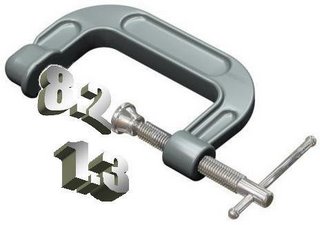 As a statistician, I'm sometimes asked to "crunch the numbers". Now, I don't mean to sound sensitive, but I don't ... ahem ... "crunch" numbers. The onomatopoeic word CRUNCH suggests roughness, the application of brute force, perhaps in the form of raw computing power.
As a statistician, I'm sometimes asked to "crunch the numbers". Now, I don't mean to sound sensitive, but I don't ... ahem ... "crunch" numbers. The onomatopoeic word CRUNCH suggests roughness, the application of brute force, perhaps in the form of raw computing power. If you've seen the movie The Horse Whisperer, you'll remember how the character played by Robert Redford worked with horses. Instead of trying to "break" them, he tried to understand them and work with them. Maybe you can see where I'm going with this ...
A good data analysis requires care, patience, and understanding. It's a collaborative endeavour that should make use of subject-area knowledge wherever possible. Every number has a story to tell, and that story is not always immediately apparent. What did the researcher want to measure? How did they measure it? How did the measurement get turned into a number in a data set? And that's only the beginning, because a typical data set is the product of numerous different measurements, perhaps made on several occasions. Once the pedigree and provenance of each variable in a data set have been determined, the picture they form can be brought into focus, and the underlying patterns can be explored. Sensitivity is paramount: Are the modeling assumptions appropriate? Is something being overlooked? Would a different approach provide more relevant insights?
It seems that the term "crunching the numbers" is most commonly used to refers to what accountants do, and on this I can't comment. But for statistical data analysis, the metaphor is all wrong.
No comments:
Post a Comment